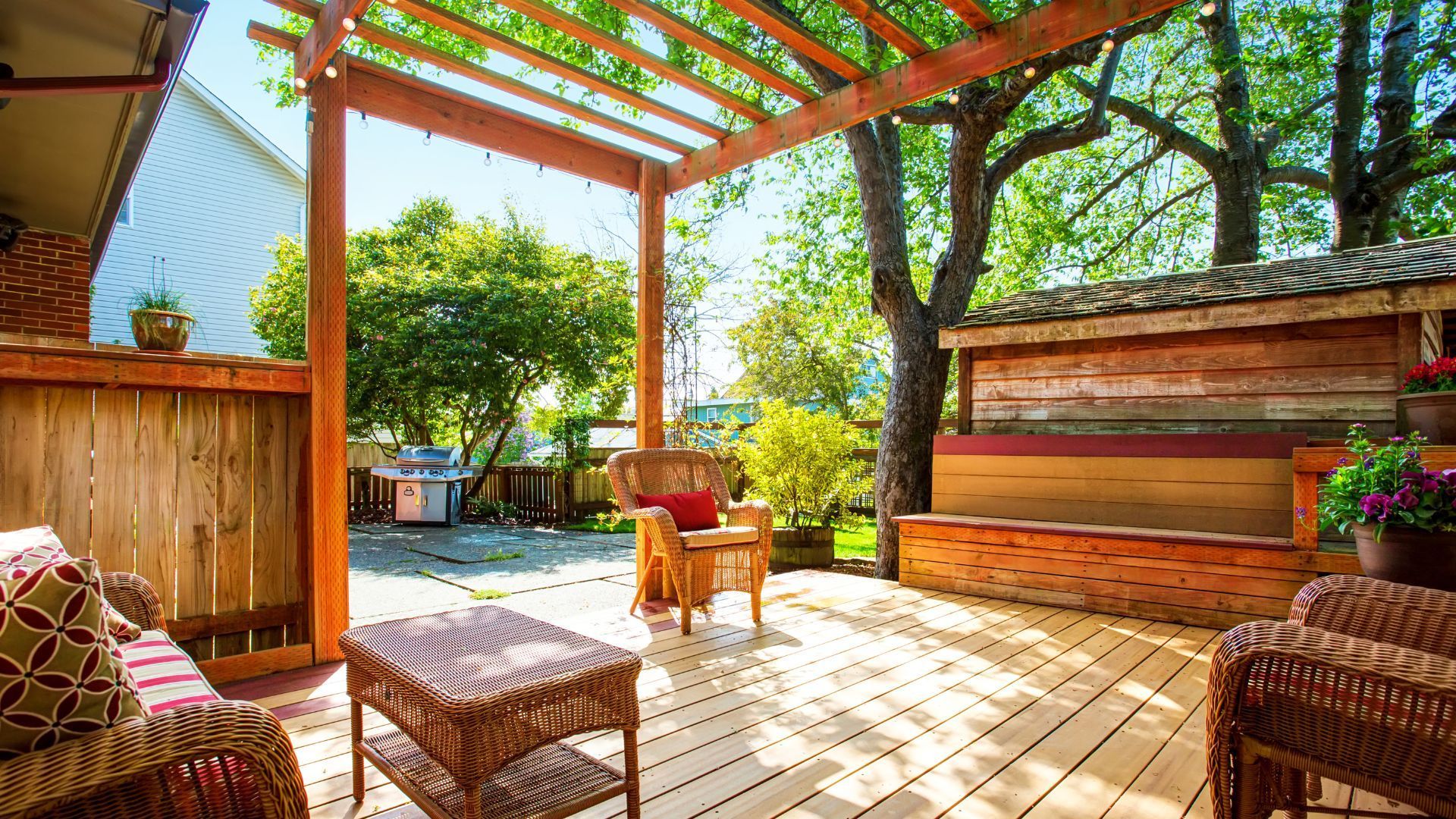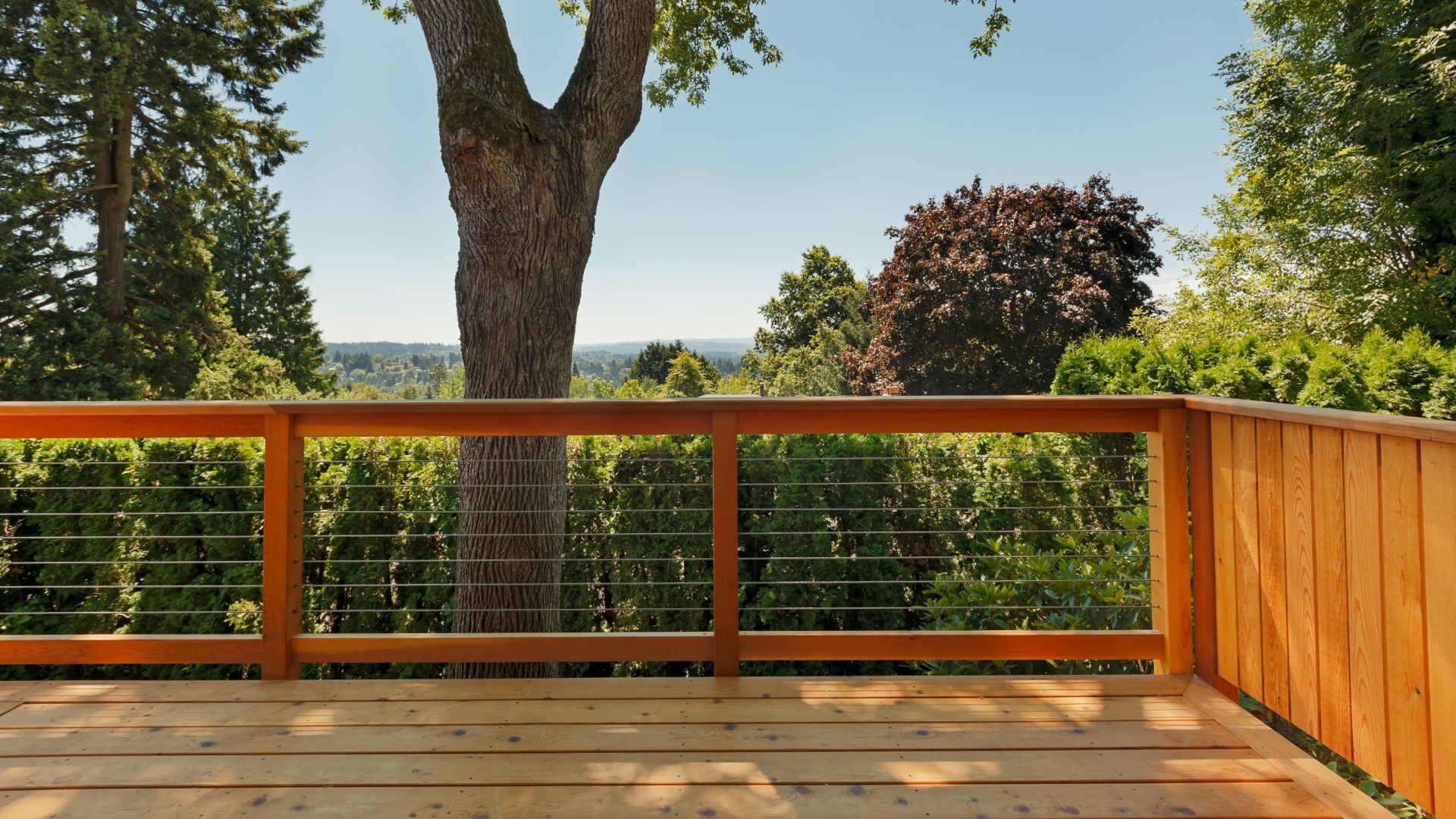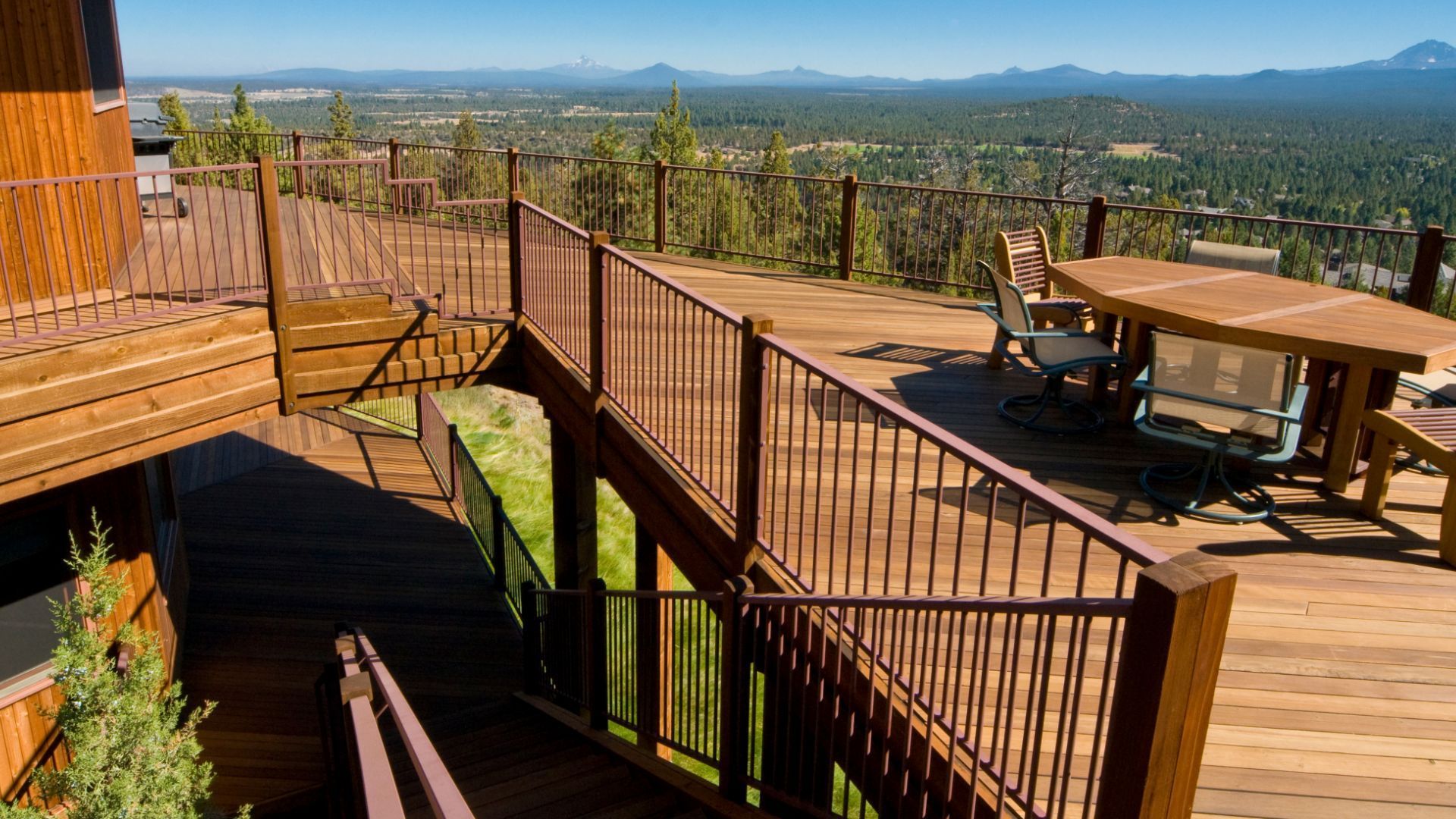Importance of Deck Ventilation - Pacific Peak Decks, San Bernardino
At Pacific Peak Decks in San Bernardino, CA, we understand that building a deck is not just about creating a beautiful outdoor space—it's also about ensuring it stands the test of time and remains safe for everyone who enjoys it. One crucial aspect that often goes overlooked in deck construction is proper ventilation. Ventilation plays a pivotal role in both the longevity and safety of your deck, impacting everything from the health of the deck's structure to the comfort of its users. Here's why proper deck ventilation is essential and how it contributes to a durable and safe deck.

Why is Deck Ventilation Important?
Prevents Moisture Damage
In areas like San Bernardino, where the climate can vary, moisture can become trapped beneath your deck, leading to wood rot, mold, and mildew growth. Proper ventilation helps to reduce moisture buildup by allowing air to circulate freely, which dries out the area and prevents the conditions that allow rot and mold to thrive.
Enhances Structural Integrity
Moisture is a leading cause of structural damage to decks. When the wood begins to rot, it compromises the deck's strength and stability, posing a significant safety risk. By ensuring your deck is properly ventilated, you're protecting its structural integrity and extending its lifespan.
Improves Air Quality
Mold and mildew growth doesn't just affect the deck itself; it can also impact the air quality around your outdoor living space. Proper ventilation minimizes the growth of these allergens, ensuring the air around your deck remains clean and healthy for you and your family to breathe.
Regulates Temperature
A well-ventilated deck is more comfortable to use, especially during the warmer months. Ventilation allows heat to escape from under the deck, regulating the temperature and making the space more enjoyable for relaxation and entertainment.
How to Achieve Proper Deck Ventilation
Design Considerations
The key to effective deck ventilation begins with the design. Ensure there's enough clearance between the ground and the bottom of your deck to allow for adequate airflow. The specific clearance needed can vary, but a general rule is to allow at least 6 inches of open space.
Skirting and Lattice
If your deck design includes skirting to conceal the space underneath, consider using lattice or a similar material that allows air to circulate while still providing an aesthetically pleasing look. Ensure the lattice has enough open space to promote airflow.
Vent Installation
In some cases, especially for decks close to the ground or in particularly humid environments, installing vents may be necessary to ensure adequate ventilation. Vents can be placed strategically around the deck's perimeter or in the skirting to allow for cross-ventilation.
Regular Maintenance
Keep the area under your deck clear of debris, leaves, and standing water, which can block airflow and contribute to moisture problems. Regular inspections can help identify any issues with ventilation early on before they lead to significant damage.
Conclusion
Proper deck ventilation is a critical component of deck construction that should not be overlooked. Not only does it contribute to the longevity and structural integrity of your deck, but it also ensures the space remains safe and comfortable for use. At Pacific Peak Decks in San Bernardino, CA, we prioritize the complete well-being of your deck, incorporating proper ventilation techniques into our builds to ensure your outdoor space can be enjoyed for years to come.
How does poor deck ventilation affect my deck's longevity?
Poor ventilation can lead to moisture buildup, which promotes wood rot, mold, and mildew growth. This not only damages the deck material but can also weaken the structure, reducing the deck's overall lifespan.
Can I add ventilation to an existing deck?
Yes, it's possible to improve ventilation on an existing deck. Options include adding vents to the skirting, creating a larger gap between boards for increased airflow, or even raising the deck slightly if feasible. Consult with a professional deck builder like Pacific Peak Decks to determine the best approach for your specific situation.
How much clearance is needed under my deck for proper ventilation?
While the specific clearance can vary based on environmental factors and the deck's design, a general rule of thumb is to maintain at least 6 inches of open space between the ground and the bottom of your deck for adequate airflow.
Is deck ventilation necessary in dry climates like San Bernardino, CA?
Yes, even in dry climates, proper ventilation is crucial. Temperature fluctuations and occasional rain can still cause moisture issues, and ventilation helps to regulate the deck's temperature, making it more comfortable to use.
Will ventilation affect the appearance of my deck?
Proper ventilation can be achieved without compromising the aesthetic appeal of your deck. Design elements like decorative skirting or strategically placed vents can maintain or even enhance your deck's appearance while ensuring it remains well-ventilated.
How often should I check my deck for ventilation issues?
It's a good practice to inspect your deck at least once a year, ideally before the wet or colder season begins. Look for signs of moisture buildup, mold, or mildew, and check if the ventilation spaces are clear of debris.
Can adding a roof or pergola over my deck impact its ventilation?
Adding a roof or pergola can affect airflow on your deck. It's important to consider additional ventilation options if you plan to cover your deck to ensure air continues to circulate freely and prevent moisture buildup.
Are there specific building codes for deck ventilation?
Building codes can vary by location, but they generally include requirements for adequate drainage and sometimes ventilation to prevent moisture damage. Check with local regulations or consult with Pacific Peak Decks to ensure your deck meets all necessary codes.



